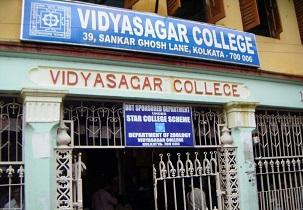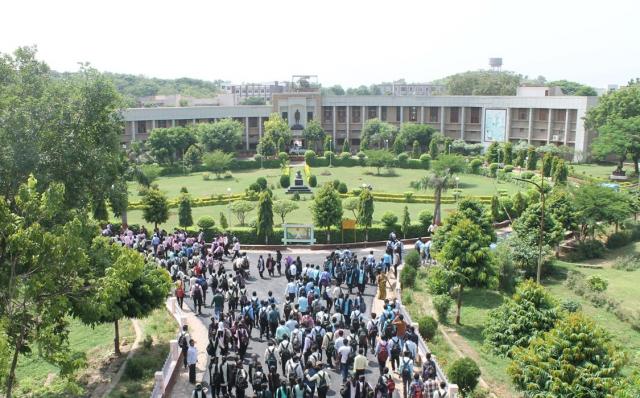South Asian University Delhi (SAU Delhi), established by SAARC nations, offers a unique international academic environment with a focus on postgraduate education and research. While its placement landscape differs from traditional Indian universities, it provides distinct opportunities aligned with its specialised programs. The university's placement outcomes reflect a blend of academic rigour and regional diversity, with graduates securing roles across multinational corporations, research institutions, and international organisations.
Table of Contents
- South Asian University Placement Overview
- South Asian University Placement Trends and Analysis
- South Asian University Industry Engagement and Challenges
- South Asian University Comparative Context in Indian Higher Education
- South Asian University Student Experience and Development
- South Asian University Future Outlook
South Asian University Placement Overview
South Asian University provides good placement support through its Career Resource Centre, helping students build skills and connect with employers. The highest salary offered is INR 23 LPA, and the average salary is between INR 5 to 6 LPA.
South Asian University Placement Trends and Analysis
Recruitment Diversity SAU Delhi’s strongest placement outcomes are in IT and engineering, with companies like TCS, Infosys, and Siemens actively recruiting. Consulting and banking sectors also feature prominently, with firms such as EY and HSBC offering roles in analytics and finance. Government research organisations (e.g., ISRO, DRDO) and startups (e.g., Flipkart, Ola) represent emerging opportunities, particularly for graduates in science and technology. Salary Distribution The average annual package ranges between INR 5 to INR 6 LPA, competitive for specialised postgraduate programs. Higher compensation is typically observed in IT and engineering roles, while research-oriented positions may offer lower initial salaries but stronger long-term growth prospects in academia or policy. Placement Process SAU Delhi lacks a centralised placement cell, relying instead on faculty mentorship and the Career Resource Centre (CRC). The CRC coordinates industry workshops, resume-building sessions, and mock interviews. Placements are often student-driven, with graduates leveraging faculty networks for internships and roles in international organisations like the UN or SAARC-affiliated bodies.
South Asian University Industry Engagement and Challenges
- Corporate Partnerships: The university maintains ties with global and regional employers through its SAARC affiliation, facilitating cross-border opportunities. However, the absence of a structured placement cell limits on-campus recruitment events. Students frequently pursue off-campus roles, with many securing positions through external job portals or professional networks.
- Research and Further Studies: A significant portion of graduates opt for doctoral programs or research careers. SAU Delhi’s emphasis on interdisciplinary studies, particularly in international relations, economics, and environmental science, prepares students for think tanks, NGOs, and policy institutes. Stipends for PhD candidates, funded by the Indian Ministry of Education, further support this pathway.
South Asian University Delhi- Comparative Context in Indian Higher Education
Like other specialised universities (e.g., JNU, Jamia Millia Islamia), SAU Delhi’s placement success hinges on program relevance and individual initiative. Trends show growing demand for roles in sustainability, data science, and international development sectors aligning with SAU’s academic strengths. The university’s international student body also enables diverse networking opportunities across SAARC countries.
South Asian University Student Experience and Development
SAU Delhi prioritises skill development through:
- Industry-Academia Workshops: Sessions on emerging technologies and market trends.
- Research Conferences: Platforms for presenting work to potential employers.
- Language and Diplomacy Training: Critical for roles in international policy.
Graduates cite the university’s multicultural environment as a key advantage, fostering adaptability in global workplaces.
South Asian University Future Outlook
SAU Delhi is expanding its industry collaborations to improve placement accessibility, particularly in sustainability and public policy. Enhanced CRC initiatives, such as internship fairs with SAARC-based organisations, aim to bridge the gap between academic training and market needs. South Asian University Delhi offers a distinctive pathway for postgraduate education, with placements reflecting its specialised, globally oriented programs. While the absence of a traditional placement cell poses challenges, the university’s industry-aligned training and regional networks provide robust opportunities for graduates entering diverse fields.






